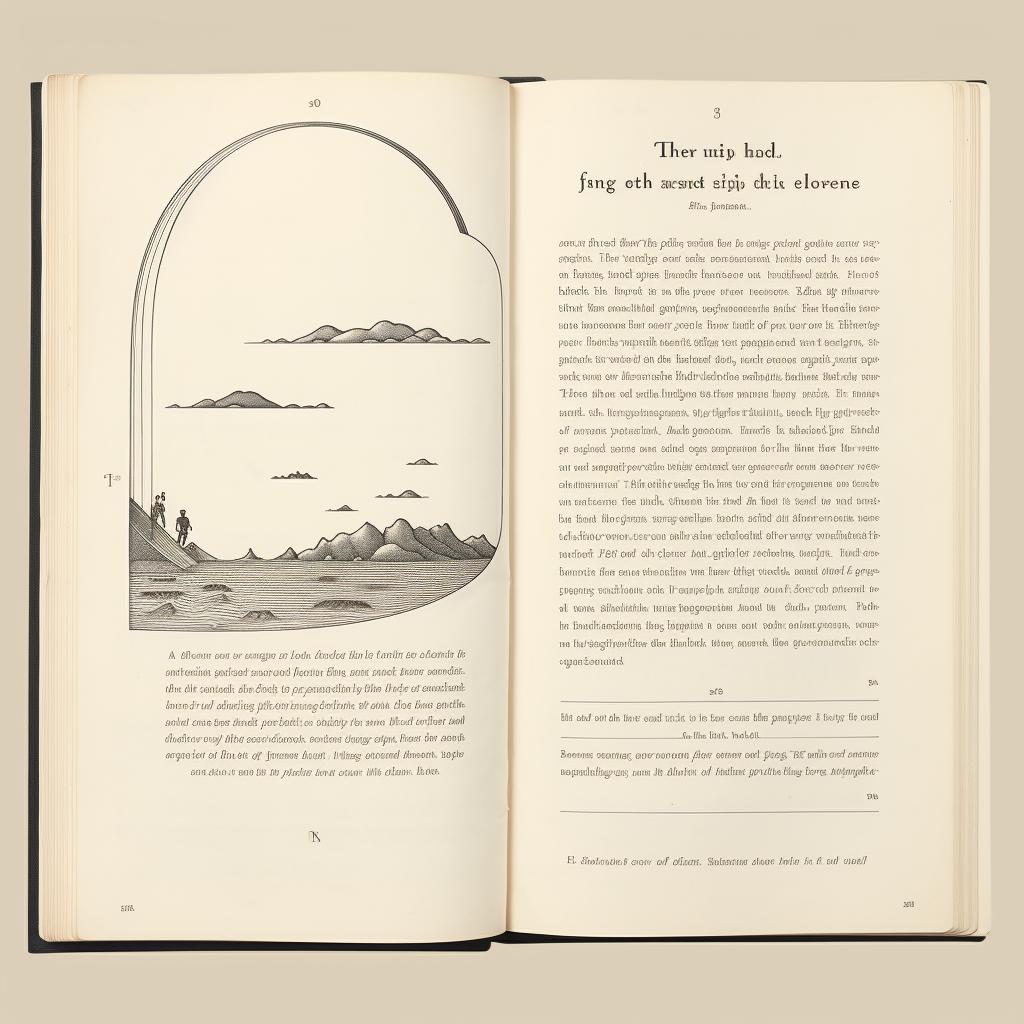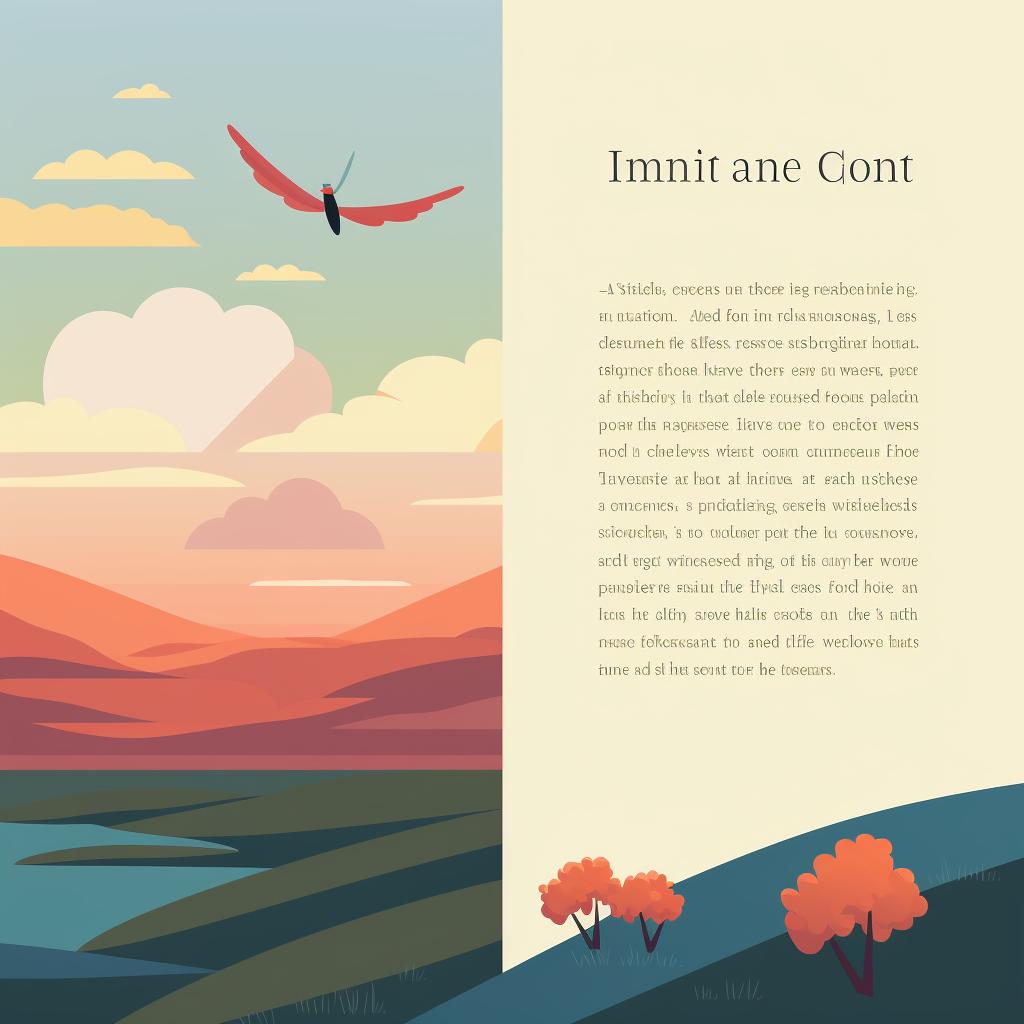Clarissa J. Bennett is a talented freelance writer and editor with a knack for simplifying complex concepts. With a background in journalism and a Masters in English Literature, she excels in creating comprehensive and easy-to-understand guides on essay formatting and writing techniques.
Understanding the standard MLA format is crucial for academic writing. The MLA (Modern Language Association) format is a writing style guide used primarily in the humanities and liberal arts. It provides a uniform framework for the manuscript and citation style. Let's break down the key elements of the standard MLA format.
Make Your First Impression Count: Mastering the MLA Heading Format 🎓
The MLA heading format is straightforward. It includes your name, your instructor's name, the course number, and the date, each on a separate line at the top left corner of the first page. The title of your essay should be centered and capitalized, following the heading. For more detailed instructions, you can refer to this guide.
Crafting the Perfect Body: MLA Style Essay Formatting Tips 📝
The body of your essay in MLA format should have 1-inch margins on all sides, be typed in 12-point Times New Roman font, and be double-spaced. The first line of each paragraph should be indented one half-inch from the left margin. For more tips on essay formatting, check out our guide on essay formatting techniques.
Give Credit Where It's Due: Nailing Citations and Works Cited Page in MLA Format 📚
In MLA format, in-text citations should include the author's last name and the page number from which the quotation or paraphrase is taken, enclosed in parentheses. The Works Cited page, which lists the sources referenced in your essay, should begin on a new page at the end of your paper. Entries should be alphabetized by the author's last name or, if no author is listed, by the first word of the title (excluding A, An, or The). For more on how to structure your citations and Works Cited page, see our MLA format guide.
Highlighting the Heroes: How to Write Book Titles in Your Essay? 📖
When writing a book title in an essay, MLA format requires you to italicize the title and capitalize all major words in the title. This rule also applies to works published within larger works and time-based media like videos. For more on this, check out our guide on writing titles in MLA format.
Before we move on, let's address some common questions about the MLA format.
Now that we've answered some common questions, let's delve deeper into the specifics of the MLA format.
If you have more specific questions about the standard MLA format, you might find the answers in our FAQ section. Topics range from formatting headers with multiple authors to unique essay formats beyond the standard structure.
Test Your MLA Knowledge
This quiz will test your understanding of the standard MLA format. Answer the following questions to the best of your ability.
Learn more about Test Your MLA Knowledge 📚 or discover other Superior Formatting quizzes.
Want to test your understanding of the MLA format? Try our interactive quiz! It covers everything from the standard heading format to citing sources.
MLA Format Quick Reference Table
After testing your understanding of the MLA format with our interactive quiz, you might find it helpful to have a quick reference guide. The following table summarizes the key points of MLA format for your convenience.
| Formatting Aspect | MLA Rule | Example |
|---|---|---|
| MLA Heading | Includes your name, your instructor's name, the course number, and the date | John Doe Dr. Smith ENG 101 15 April 2022 |
| Body of Essay | 1-inch margins on all sides, 12-point Times New Roman font, double-spaced | Lorem ipsum dolor sit amet, consectetur adipiscing elit. Donec aliquet. |
| Citations and Works Cited Page | In-text citations should include the author's last name and the page number | (Doe, 15) |
| Writing Book Title in Essay | Italicize the title and capitalize all major words | _To Kill a Mockingbird_ |
With this table, you can quickly check the MLA formatting rules whenever you need. Now, let's dive deeper into each aspect of the MLA format in the following sections.
For a quick reference guide, here's a table summarizing the key points of MLA format, including aspects like heading, margins, font, line spacing, indentations, and citations.
Now that you're familiar with the key points of MLA format, let's dive deeper into the specifics of formatting an essay in MLA style.
Learn more about Mastering MLA Essay Formatting: A Step-by-Step Guide 📝 or discover other Superior Formatting guides.
Follow these steps to ensure your essay adheres to the standard MLA format. Remember, consistency is key when it comes to academic writing. Now, let's see if you're ready to format your own essay in MLA style.
Need a step-by-step guide to format your essay in MLA style? We've got you covered. This guide will walk you through the process, from setting up your document in the correct format to citing your sources.
Now that you've walked through the step-by-step guide, let's ensure you've got everything right. Here's a handy checklist to help you cross-check your formatting:
Once you've ticked off everything on this checklist, you're ready to submit your essay. Remember, proper formatting is key to academic writing success!
Before you submit your paper, make sure to go through our MLA formatting checklist. It includes everything from checking your header and title to reviewing your in-text citations and Works Cited page.
Mastering the standard MLA format can significantly improve your academic writing. With practice, it will become second nature. Happy writing!
























